Matt Hanson
I am a data journalist with web design, analytics and data engineering experience, a generalist in a specialist's world who's able and willing to work in a variety of roles and industries. As a data reporter at scholastic and professional publications, I've worked at the intersection of media's future –– code, design and data –– and its past –– reporting, writing and storytelling. Threading those separate, often contrasting skill sets together calls for big picture thinking and creative problem solving. That unique balanced perspective, along with my technical and communication skills, makes me a versatile and skilled addition to any project or team.
Experience
Data and Content Specialist
Manage market research, database maintenance and email marketing for a small marketing agency tailored to manufacturing clientele.
Marketing Analyst
Content writing, web design and CMS management, and lead on marketing analytics for small company selling lake weeding equipment out of Minnesota.
Programs Data Specialist
Responsible for data entry and database administration for the Minnesota-North Dakota chapter of the Alzheimer's Association.
Data Journalist and Web Specialist
I was responsible for much of the day to day and more advanced website operations, overseeing our CMS (Squarespace) while also reporting ongoing data stories and visuals pertaining to COVID vaccinations by ethnicity.
Data Specialist
I helped the analytics department work on projects, including preparing the agency for the California Consumer Privacy Act on Jan. 1, developing a comprehensive database for all client data to be stored in starting in Feb. 2020 and advising one of our clients to pursue a mutually beneficial co-branding partnership with a multinational retailer.
Researcher
I was responsible for gathering data for and assembling the Business Journal’s Top 25 Lists, featured in weekly issues throughout the year and in the end-of-year Book of Lists. Produced expanded list stories and graphics and assisted reporters in data-related stories and larger investigations.
Data fellow; News intern
As a fellow at the Omaha World-Herald, I researched potential stories and news applications, wrote data stories and helped my editor maintain existing apps on dataomaha.com. Later I joined the news desk as a summer reporting intern, covering breaking news and writing features across multiple beats.
Data Reporting Intern
I used OpenRefine, Regex, Python libraries and Excel to clean and analyze over 1.5 million rows of parking data from the Buffalo Police Department and wrote the first of a series of stories that used my cleaned data and analysis. Also worked breaking news shifts for three of my 10 weeks as an intern and wrote several movie reviews for the entertainment section.
Education
University of Nebraska - Lincoln
Semester at Sea
I traveled to 15 countries on four continents, taking classes on a cruise ship through the University of Virginia in between stops in ports across East and Southeast Asia, Africa and Europe.
Skills and languages
- Experienced, well-rounded journalist
- Award-winning web design, graphics reporting and investigative reporting
- Breaking news and enterprise reporting
- Copy editing
- Arts and entertainment writing, including movie reviews for The Buffalo News
- Sports reporting and commentary
- Play-by-play and color commentary for live broadcasts of high school football and basketball
- Some visual reporting, primarily photojournalism but some video
- Diverse programming toolkit
- Python
- JavaScript
- HTML5/CSS
- Basic R (but far more experienced with Python)
- D3-js, jQuery
- MySQL and SQL-Server
- OpenRefine
- Tableau
- C#
- Database administration and engineering
- Google Analytics, Google Data Studio; extensive experience with Google Docs, Sheets and Drive
Awards and certifications
- University of Minnesota Data Analytics and Visualizations Bootcamp certification
- Robert F. Kennedy Journalism grand prize
- 1st Place Feature Story of the Year, Kansas Scholastic Press Association 2012-13
- 2nd Place News Story of the Year, Kansas Scholastic Press Association 2012-13
- 3rd Place Arts Review of the Year, Kansas Scholastic Press Association 2012-13
Reporting
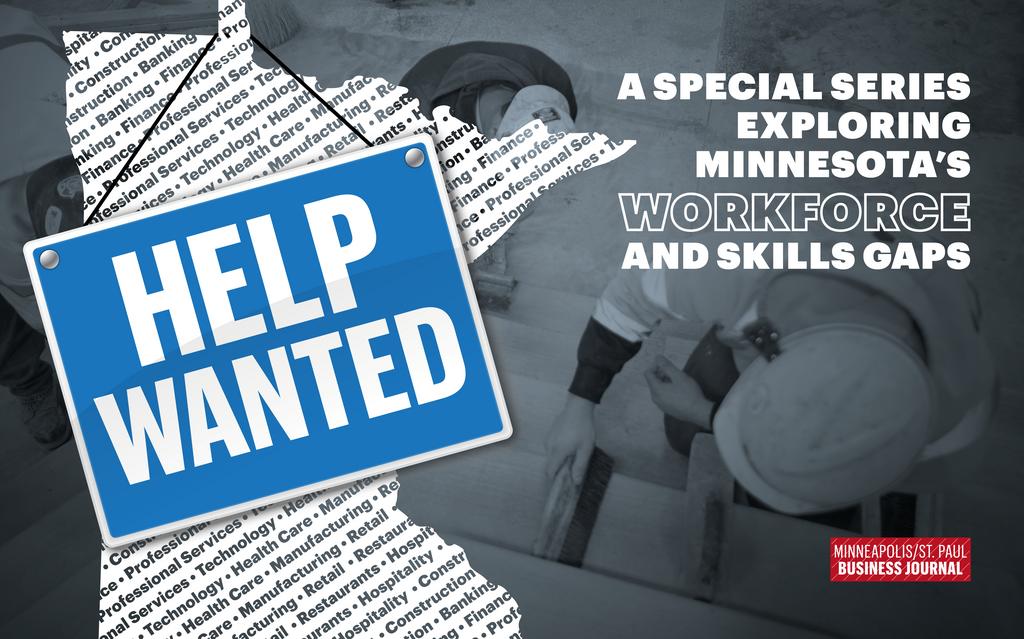
Help Wanted Minnesota
This overview of the Minneapolis/St. Paul Business Journal’s introduced a still ongoing series the Business Journal is producing focused on workforce stagnation and demographic challenges to labor supply in Minnesota.
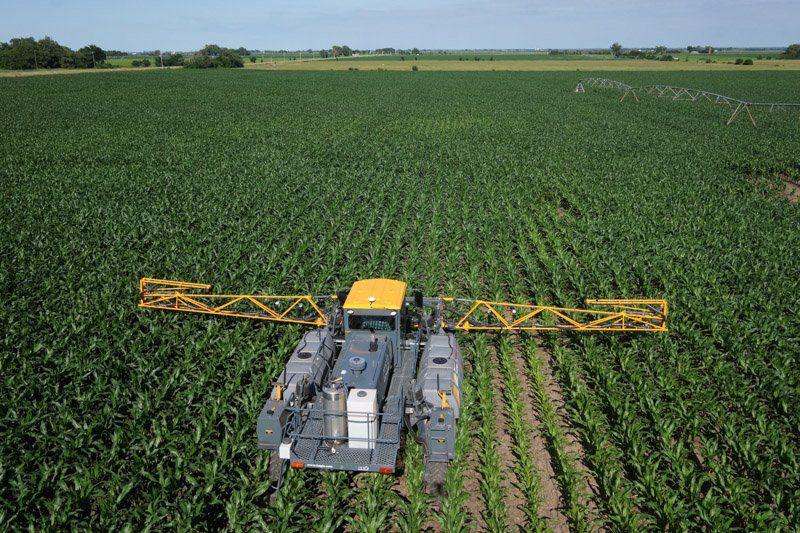
Small, midsize farms face shrinking numbers, sales while larger farms see growth in both fields
I combined USDA and census data for this multimedia special report highlighting the growing gap between haves and have nots in Nebraska's increasingly top-heavy agricultural sector.

Tickets soar in Elmwood Village after alternate parking rules eased
This story and the series it kicked off were both the products of two months of intensive data cleaning in which I standardized 400,000 misspellings of 1.6 million street names from 10 years of parking tickets data provided by the Buffalo Police Department.
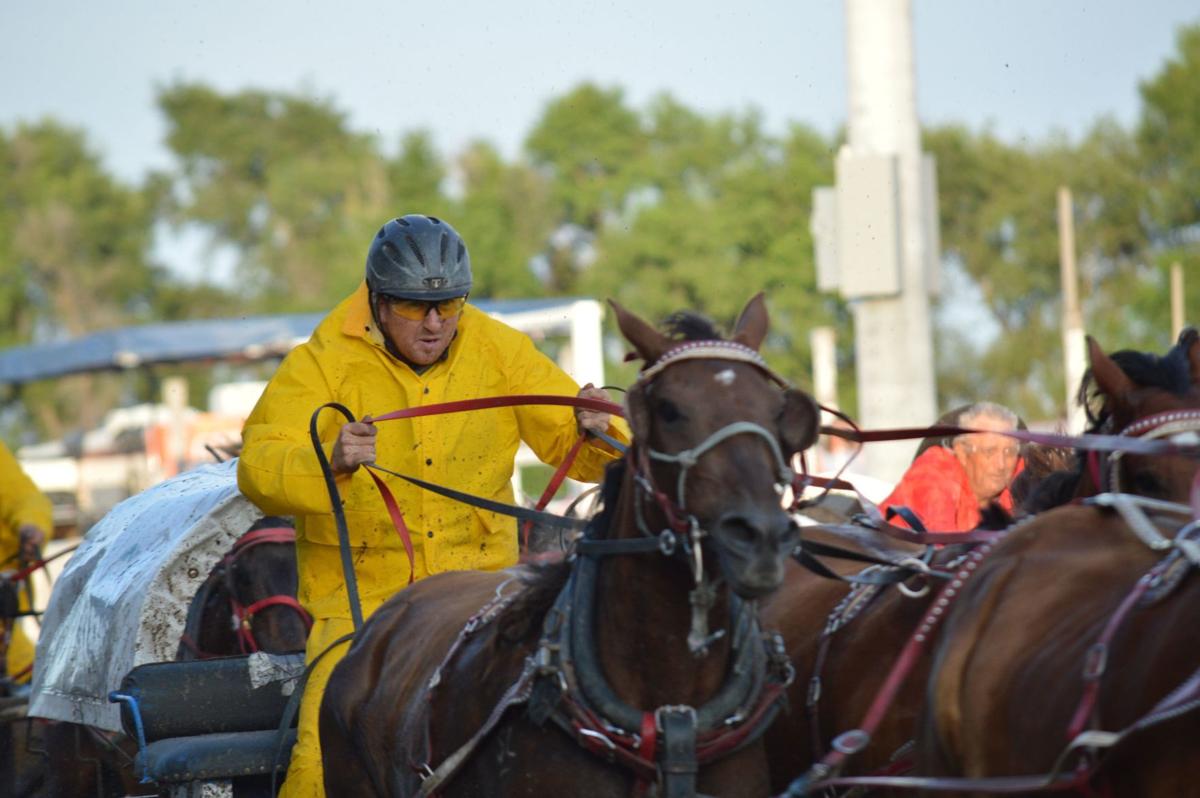
Nebraska's Big Rodeo celebrates 97 years in Burwell
This wasn’t the most important story or significant assignment time-wise from my two internships in Omaha, but I loved the way it turned out and especially loved being able to inject some humor and voice into what could have easily been just a hackneyed, quick turnaround piece. Also met quite the cast of characters to bring the story to life.
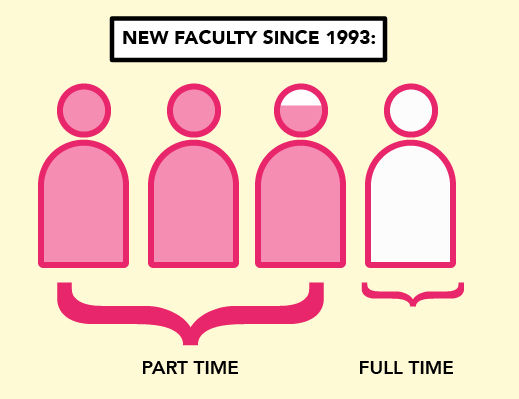
73 percent of new UNL faculty hired since '93 work part-time
An analysis of 22 years of UNL faculty employment data... found that 73 percent of all new faculty positions added since 1993 went to part-time employees, with just 37 of the 140 additional faculty positions in that time going to full-time faculty. In just more than two decades, the proportion of UNL faculty working part time went from 16 percent of all faculty to 21 percent.
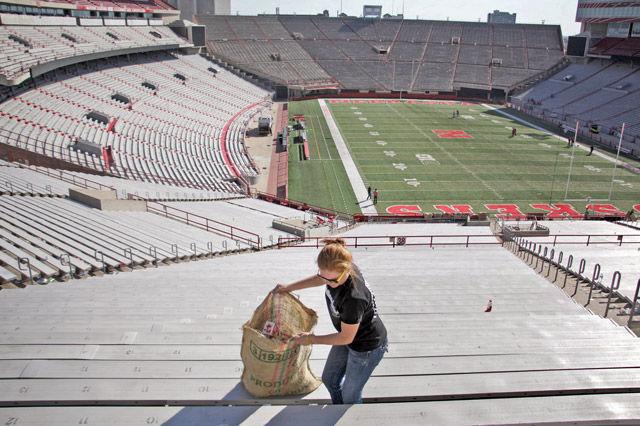
The people who keep Memorial Stadium clean
"Another game, another fourth-quarter loss. Ninety thousand crestfallen fans head straight for the exits, rivers of red spilling through the gates of Memorial Stadium and out onto the streets of Lincoln. In minutes, the stands are almost entirely deserted, and the only remnants of the fans who filled them just moments ago are the thousands of empty water bottles, Valentino’s pizza boxes and Wimmer’s hot dog wrappers they left at their feet."
Web Design

Wounds of Whiteclay
The official population of Whiteclay, Nebraska is 12. But thanks to a lucrative liquor trade that's heavily dependent on customers from the neighboring, alcohol-free Pine Ridge Reservation in South Dakota, there are many more lives at stake in this unincorporated border town.

The Wounds of Whiteclay by the numbers
The wounds of Whiteclay cut deep into many aspects of life for the Oglala Lakota of the Pine Ridge Reservation. A closer look at data from public records and nonprofits shows just how deep those wounds go.

A DAY IN THE LIFE (AND DEATH) OF WHITECLAY
In a town of 12, isolated in the prairie of northwestern Nebraska, millions of cans of beer are sold a year to a heavily impoverished population just across the border. It's a relationship some say is poisoning an already decimated nation — and one that needs to change.

Let's Talk: A conversation about speech on campus
I designed this standalone website for a Daily Nebraskan special issue focused on free speech issues on campus. I also produced several data visualizations and interactives to accompany other reporter's articles on the project website.